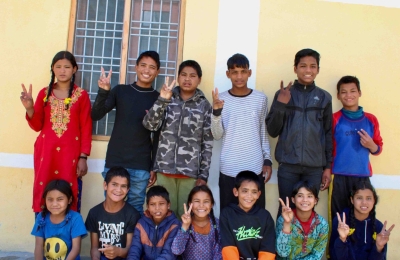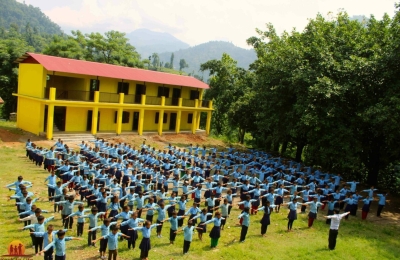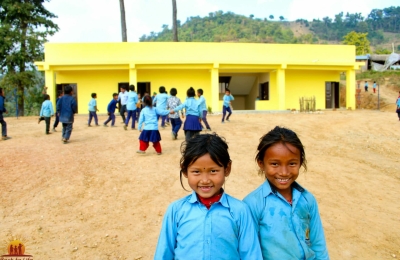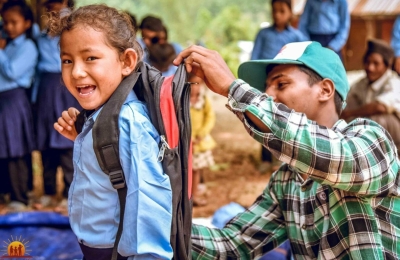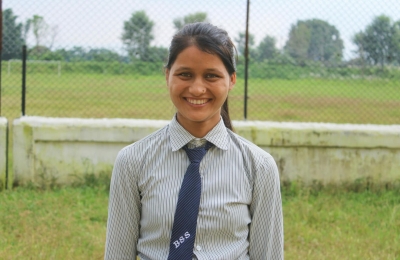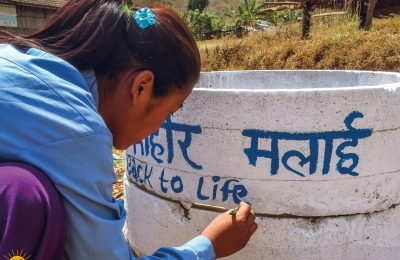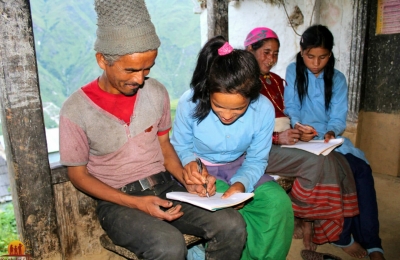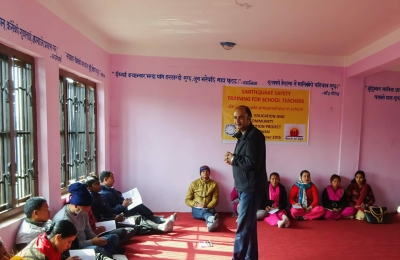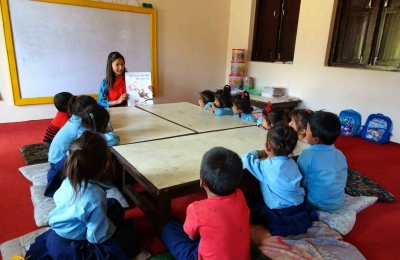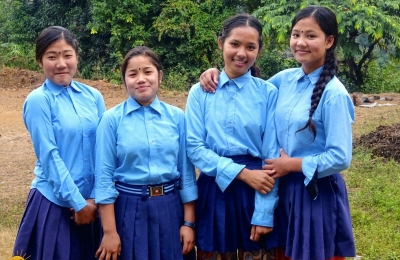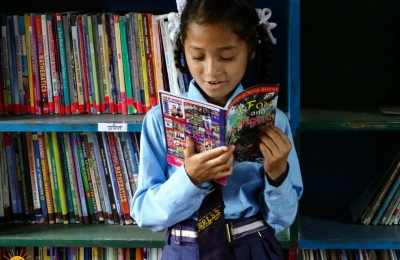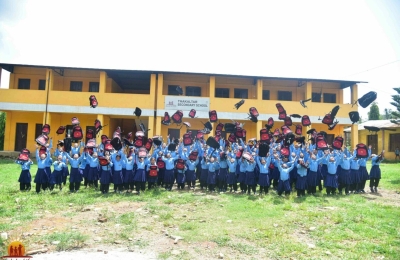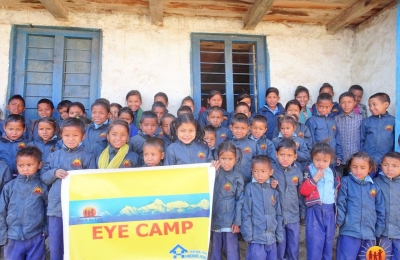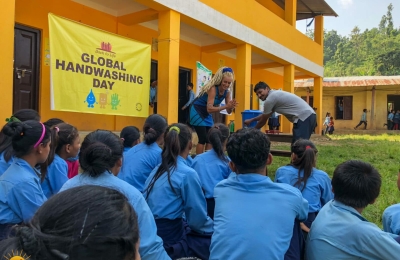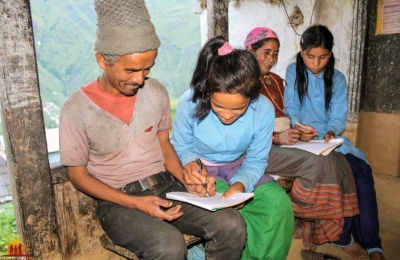The Tamang
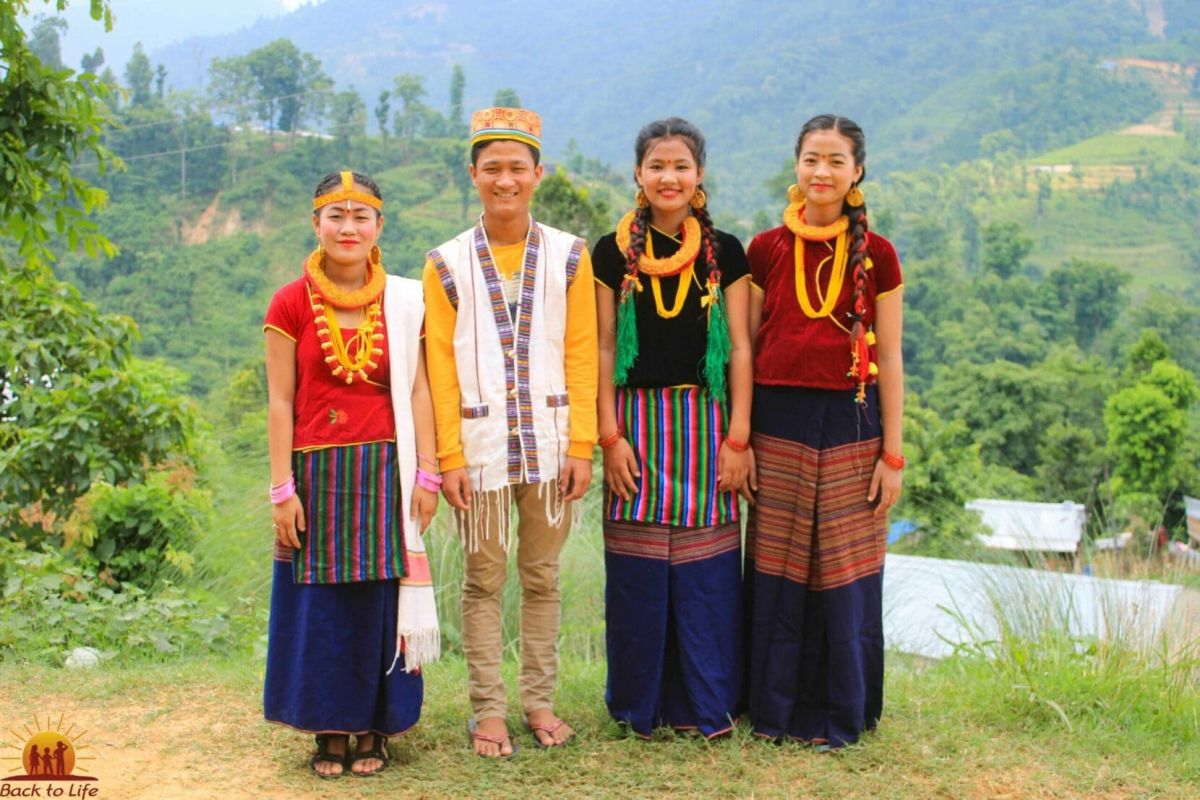
The hand drum “Damphu” heats up the rhythm. The dancers get faster, their movements wilder. The dance “Tamang Selo” pulls everyone under its spell. The Tamang, one of the largest Tibetan-Burmese-speaking ethnic groups in Nepal, maintain their numerous traditions that they originally brought with them from Tibet. They have lived in the Kathmandu valley and the central hill country since the 3rd century.

Rich culture and modern at the same time
The Tamang also like to appear traditional on the outside: On special days, many women wear their unusual traditional costumes including colorful aprons and hats. The men are also colorfully dressed with hats, a special waistcoat, shirt and trousers. Nevertheless, they think modernly: marriages are not arranged – except in rich families – you choose who you like. Even an illegitimate pregnancy is not a big problem.
Faith, ancestor and death cult
Among the devout Buddhists there is a monastery in every larger village. Because gods play an important role – in the life of every family. Food offerings are also regularly offered to the ancestors. Another peculiarity compared to other ethnic groups in Nepal is the death ceremony: the dead are burned as far away as possible on the top of a hill. The “Lama” (priest) sets the best day for this.
Life and nutrition
The Tamang earn their living from agriculture. Although they also keep cattle, they do not eat dairy products. Only the manure for fertilization and the pulling power of the animals for field work are important. In the evening, traditional “Dhindo” is often served: roasted barley flour that is kneaded into dumplings with butter tea. Maybe a spicy vegetable soup with it.
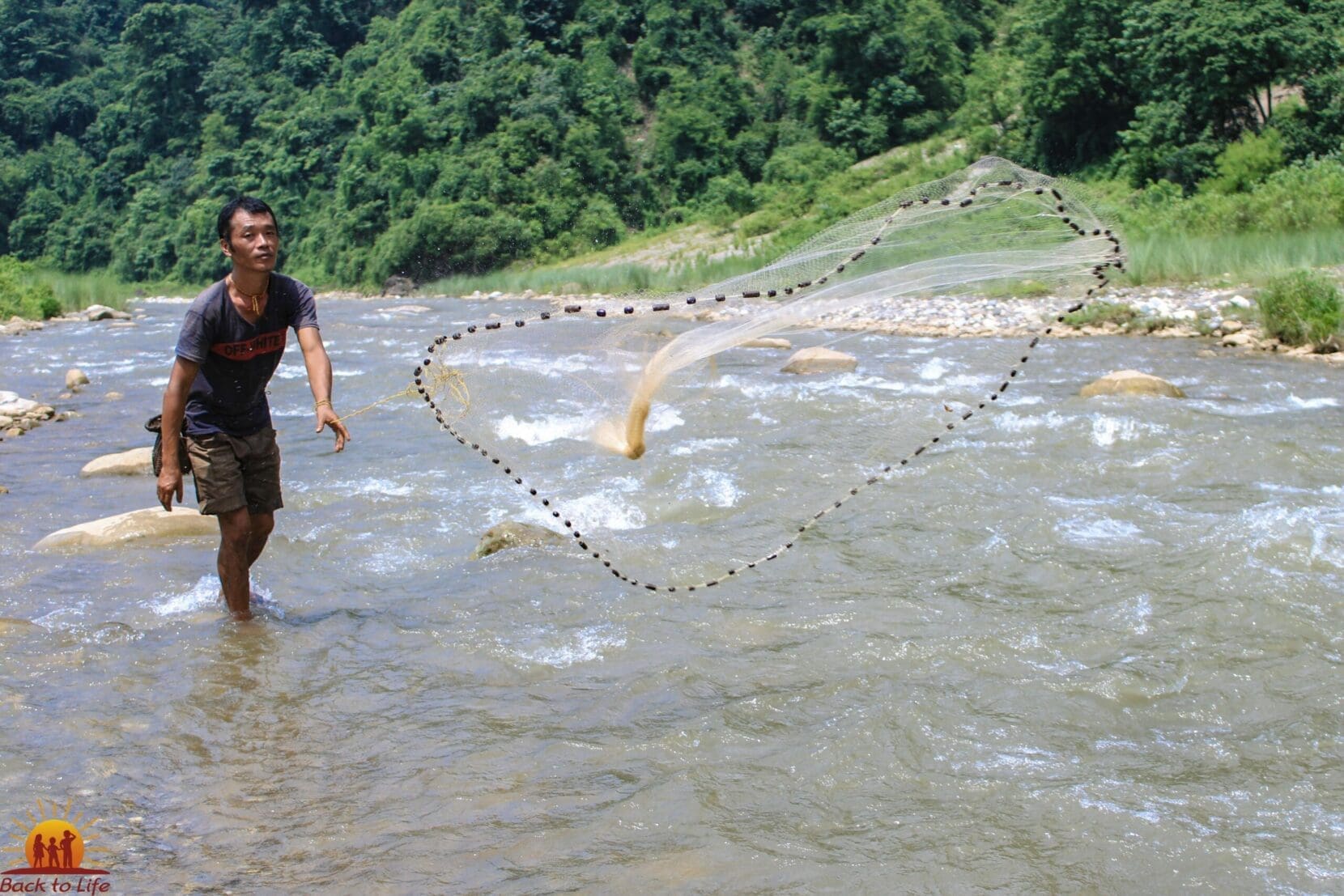

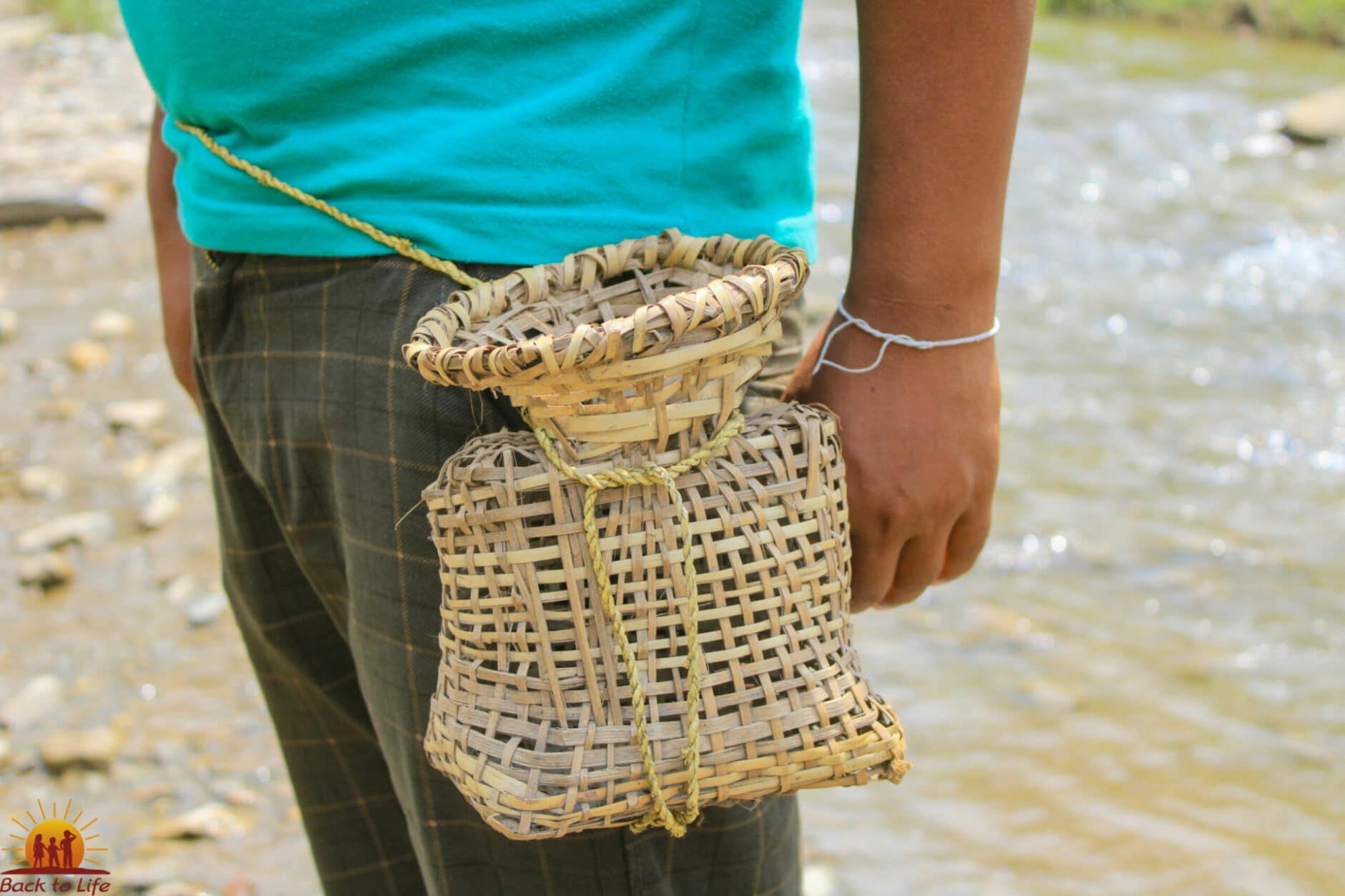

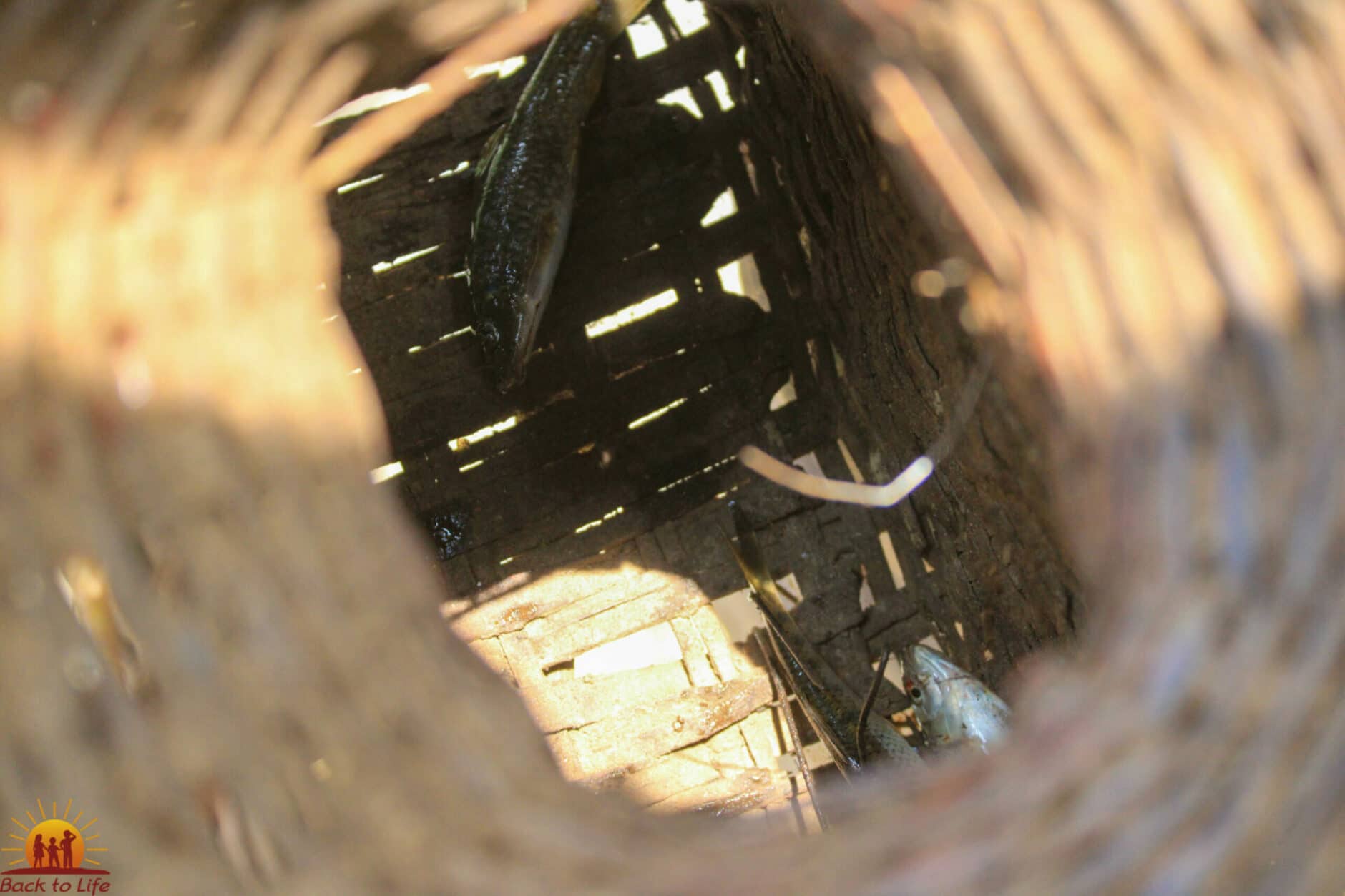

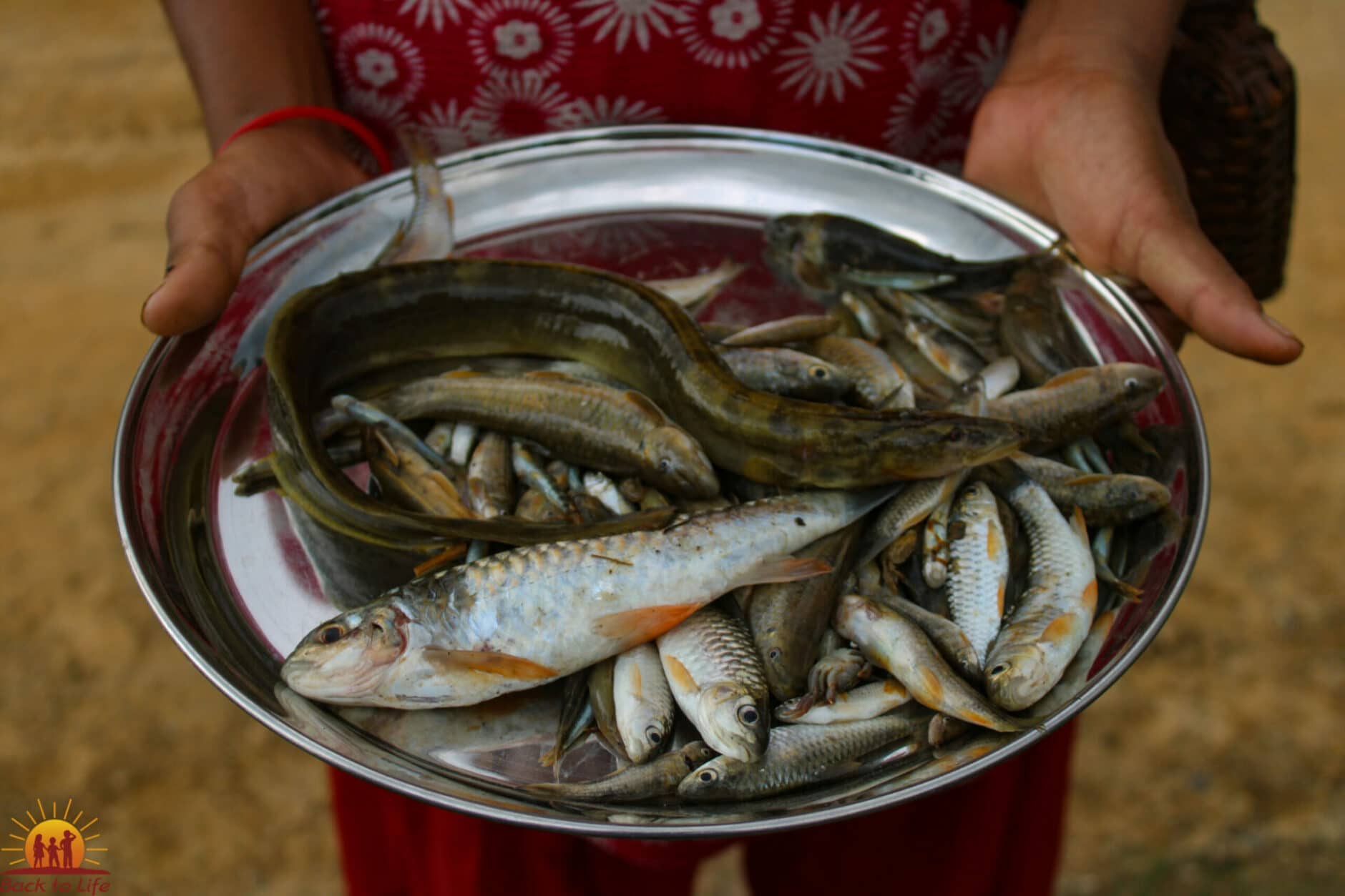

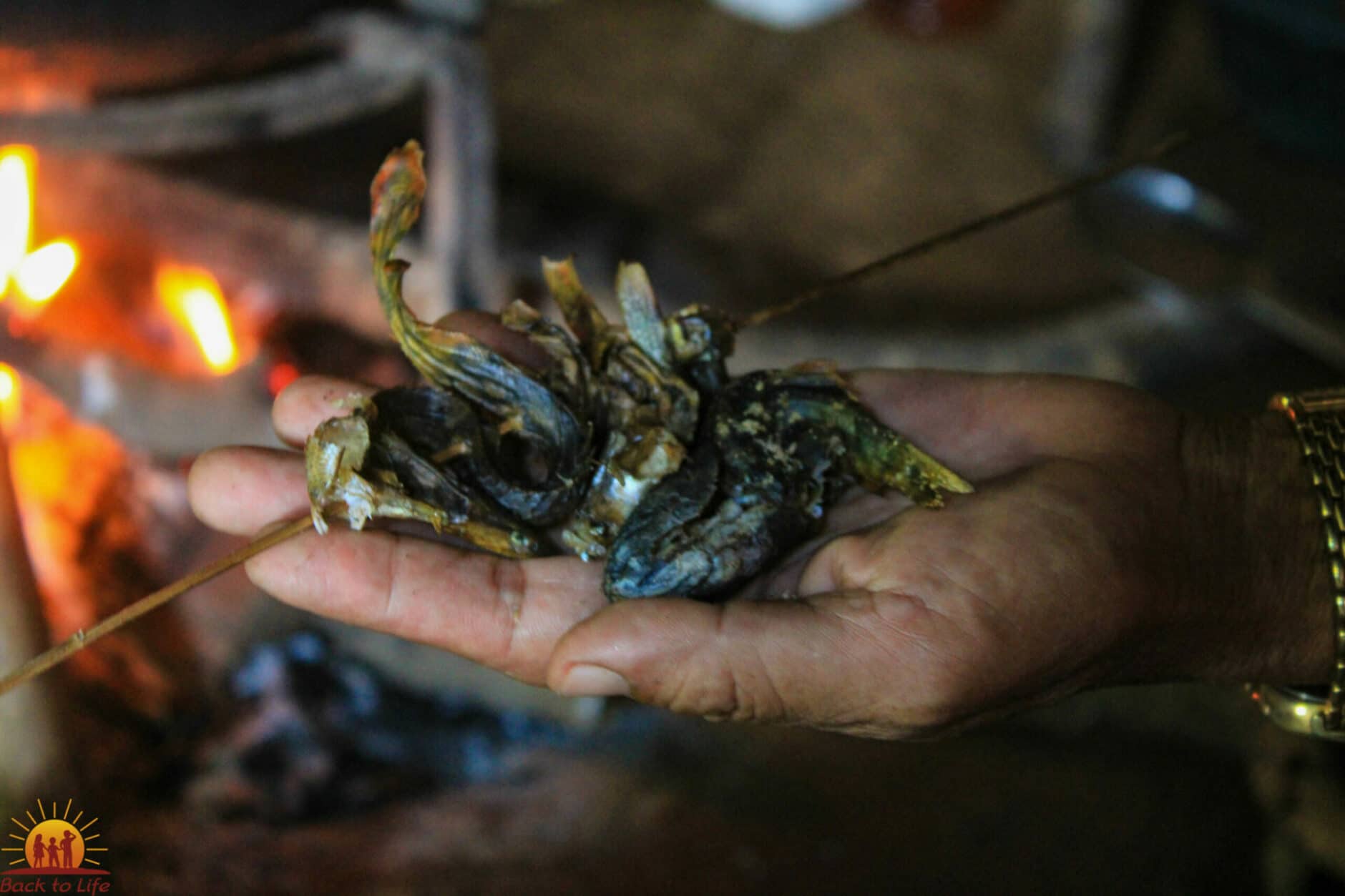

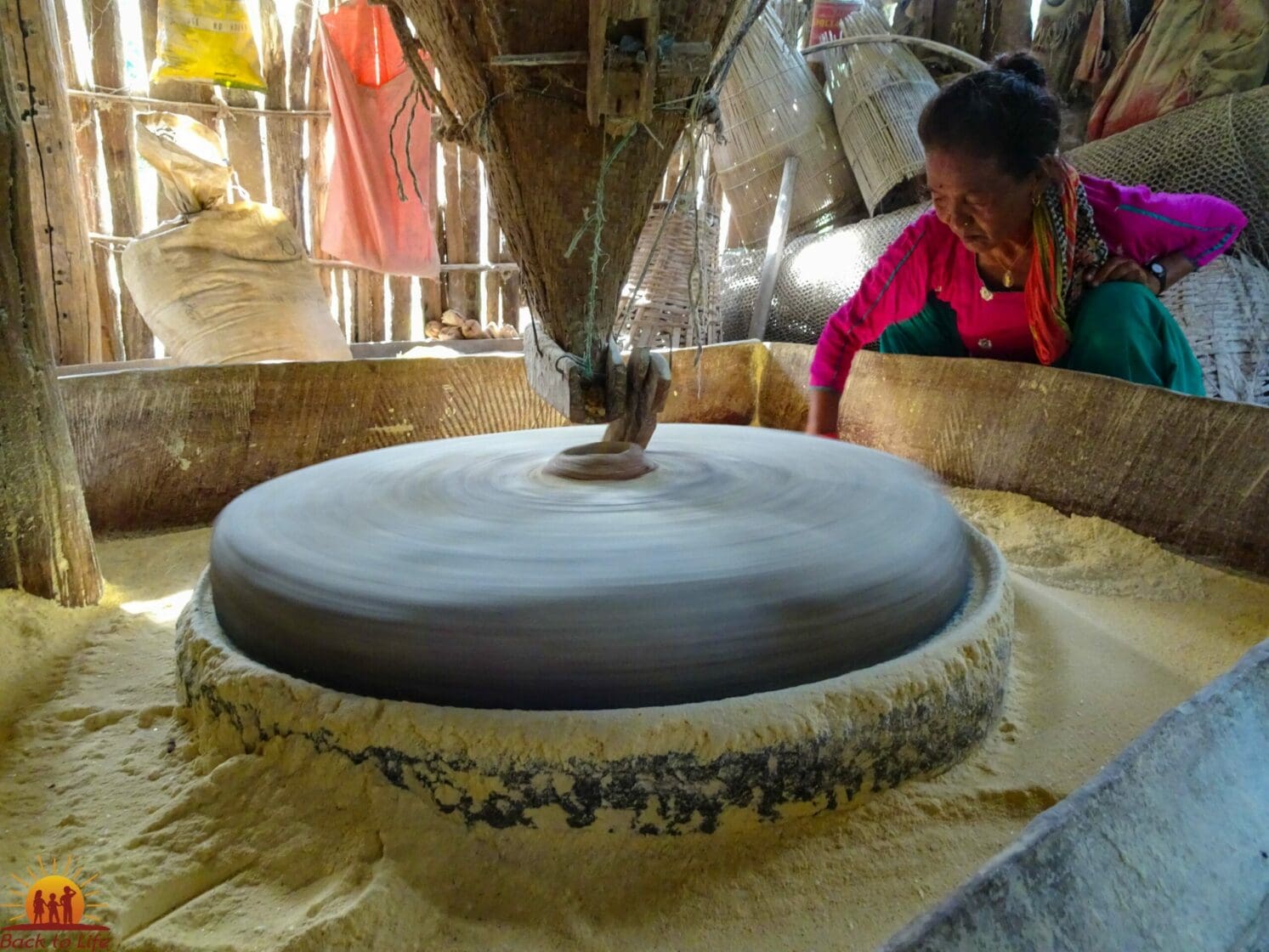

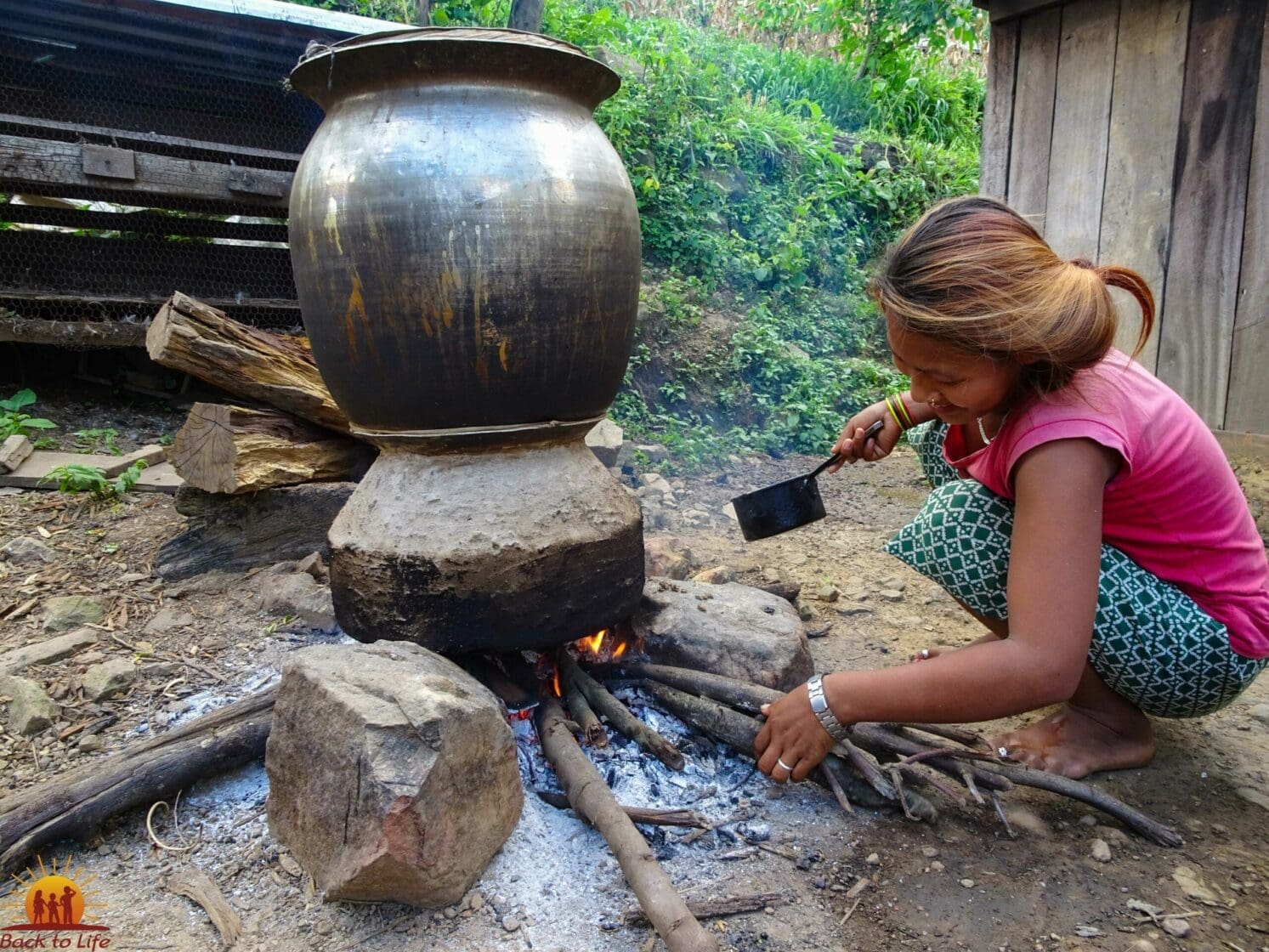

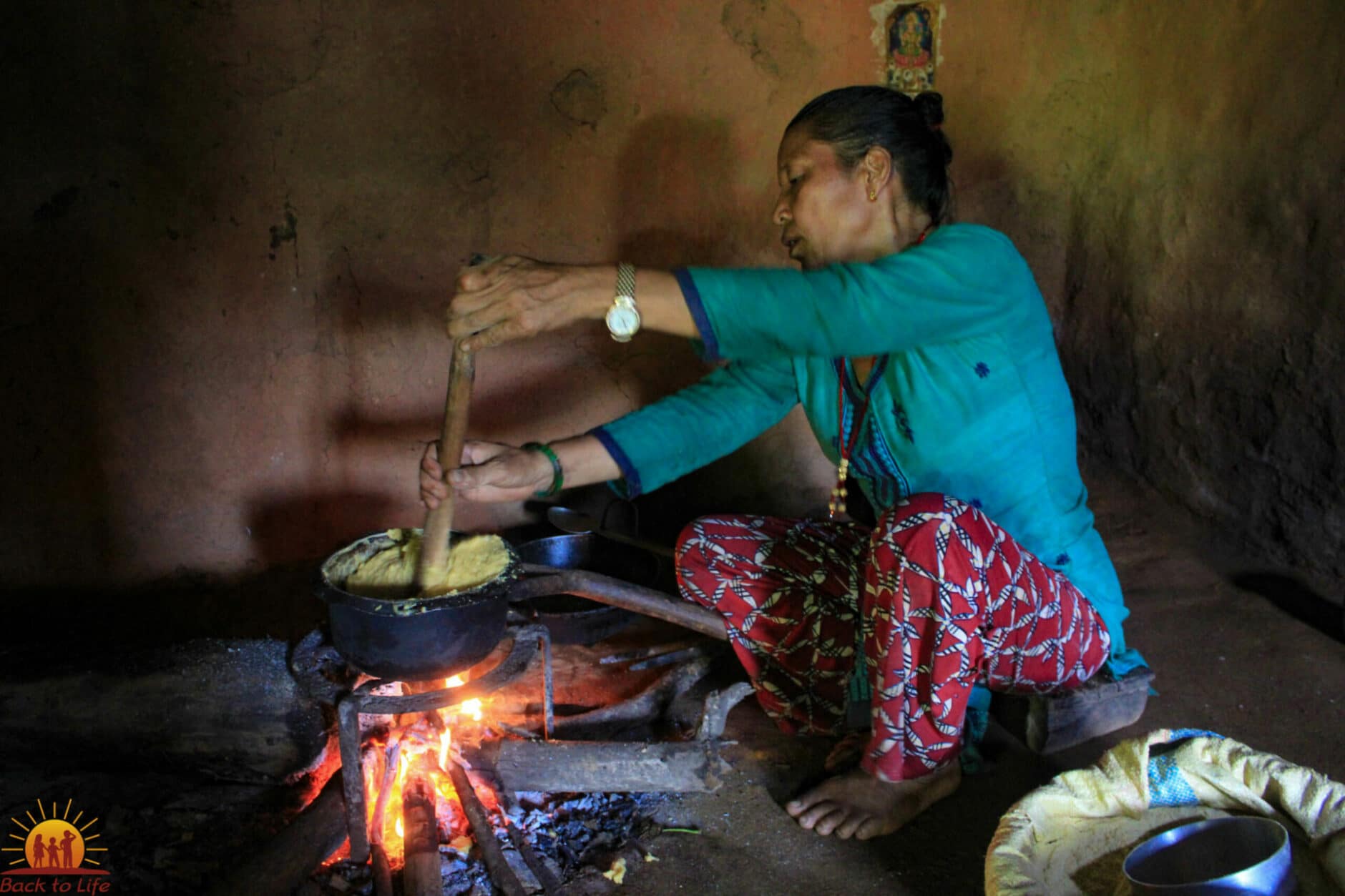

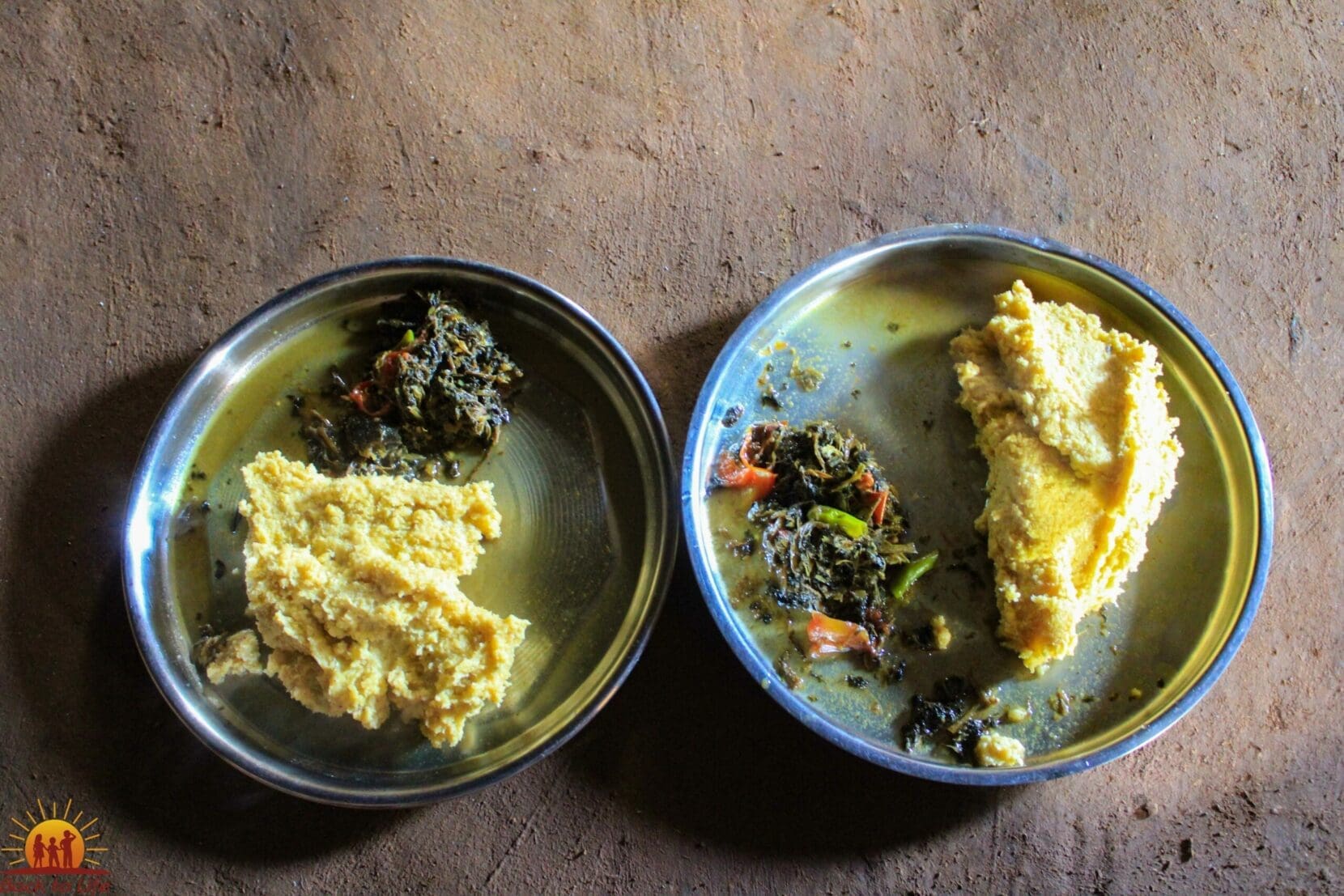

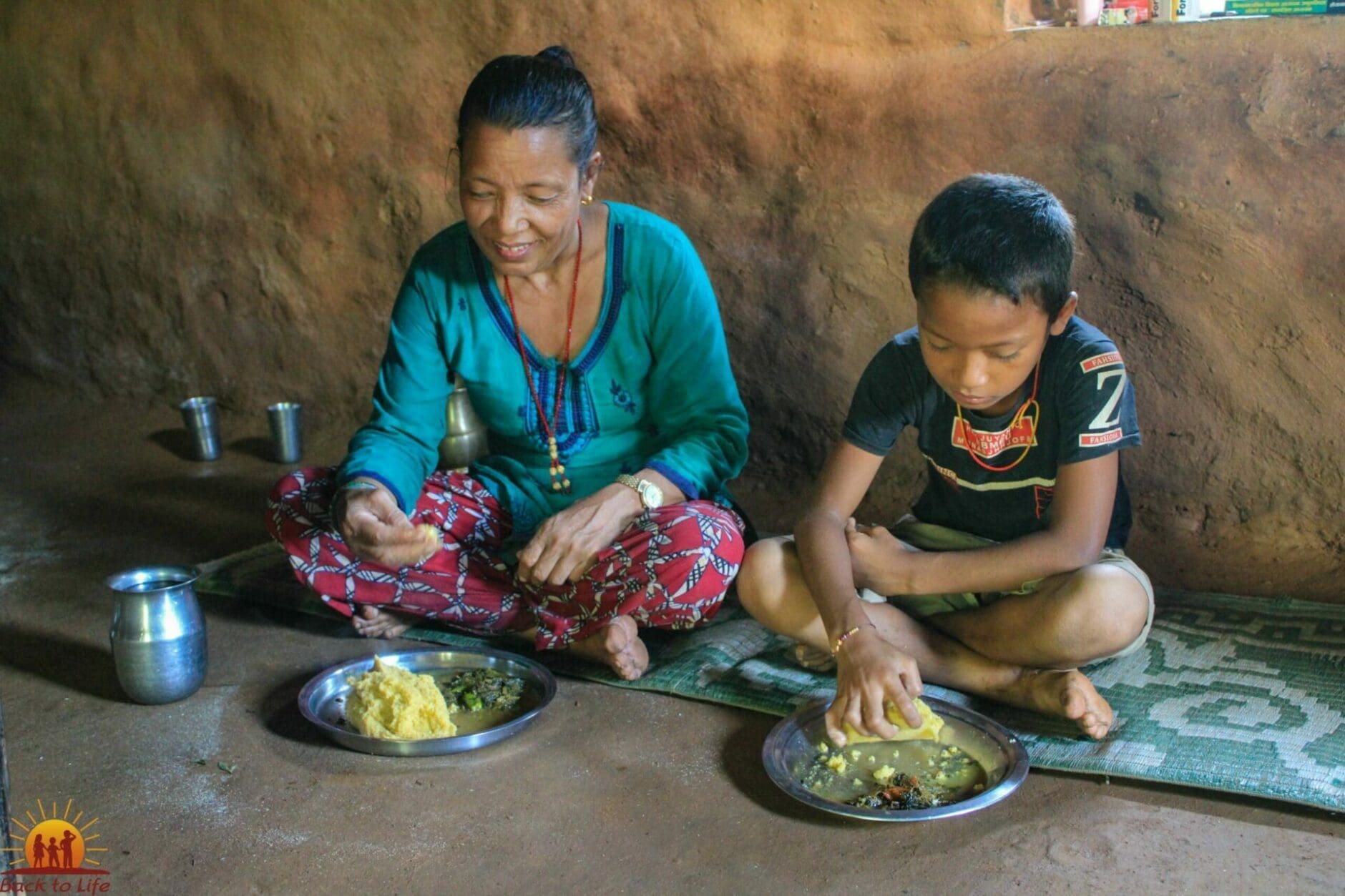

The situation of the Tamang – after the 2015 earthquake
The Tamang live in Nuwakot, a region that was badly damaged by the 2015 earthquake. In addition to the loss of the houses, this terrible event meant a disaster for the people and their cohesion: many families and village communities were torn apart. Men have gone to the cities, young people have gone abroad. Anything to make money. Somewhere far from loved ones.
Shantimaya Tamang also reports: “I couldn’t imagine how we would ever rebuild our house in this life with our income.” Her husband is in Saudi Arabia. She was able to take out another loan from his money sent and build a simple house for the family.
In order to support the people in the long-term reconstruction, Back to Life declared Nuwakot a new project area and since then has mainly promoted the expansion of the school infrastructure and the educational program as well as the drinking water supply.
Personal insights into the life of a Tamang family – today
Gangamaya Ghalan heats the furnace with the biogas plant. Her daughter Smriti has just come from the Thakaltar school, little Chiran from kindergarten. The family of six lives with the grandparents in a simple house. They are proud of their own proper toilet; this feeds the biogas plant and thus not only contributes to hygiene, but also to environmentally friendly energy generation. The education, health and environmental protection program from Back to Life shows an effect every day in everyday life. Even if the father earns his money far away as a day laborer and his own harvest is limited, the mother can overcome financial bottlenecks with a savings group in the neighborhood and invest in agricultural aids together with others. The group was inspired by Back to Life; Here people have learned how to be in control of their own finances and how to achieve a lot more together. This is how her dream of an independent life for her children can take shape.
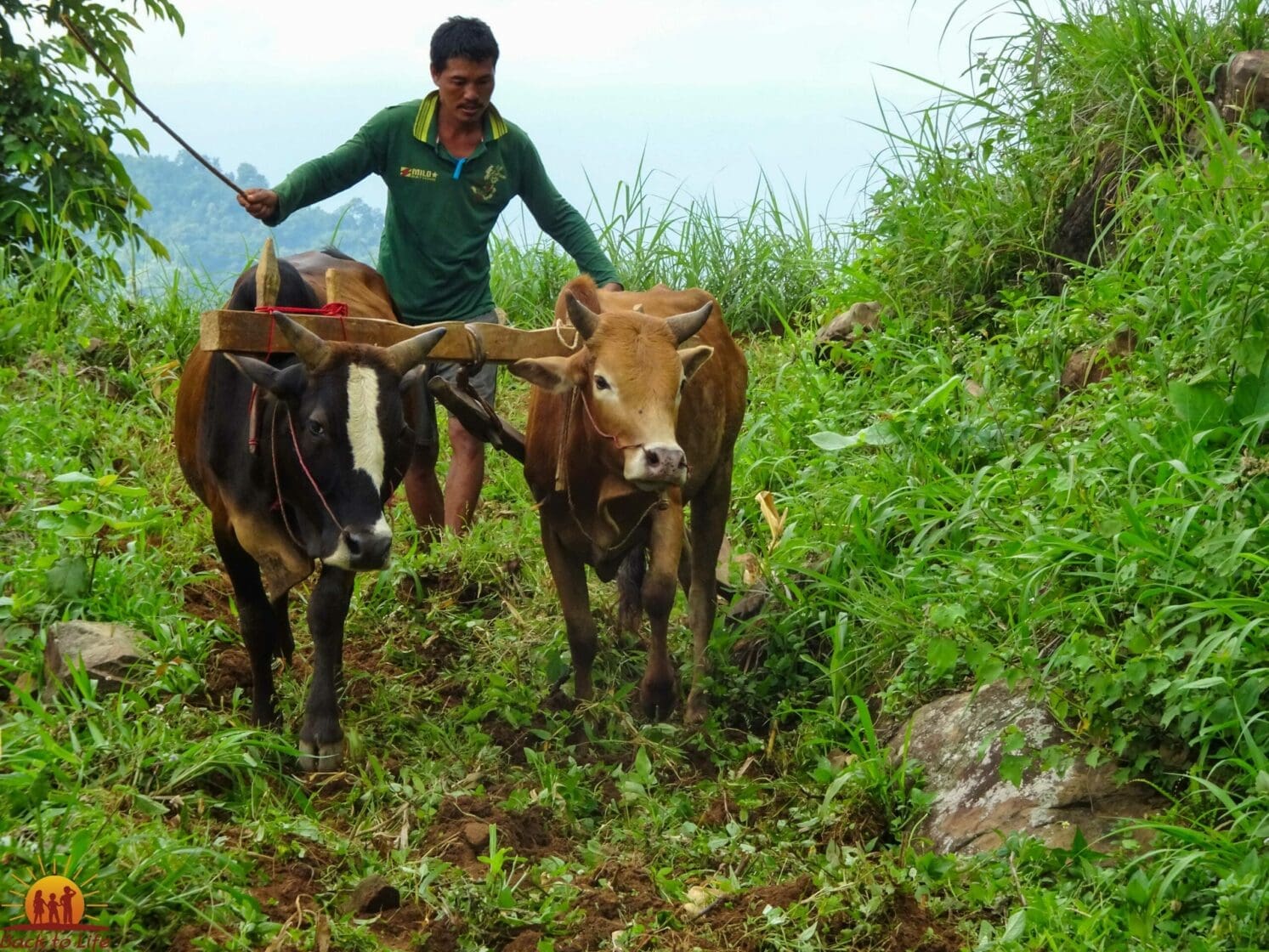

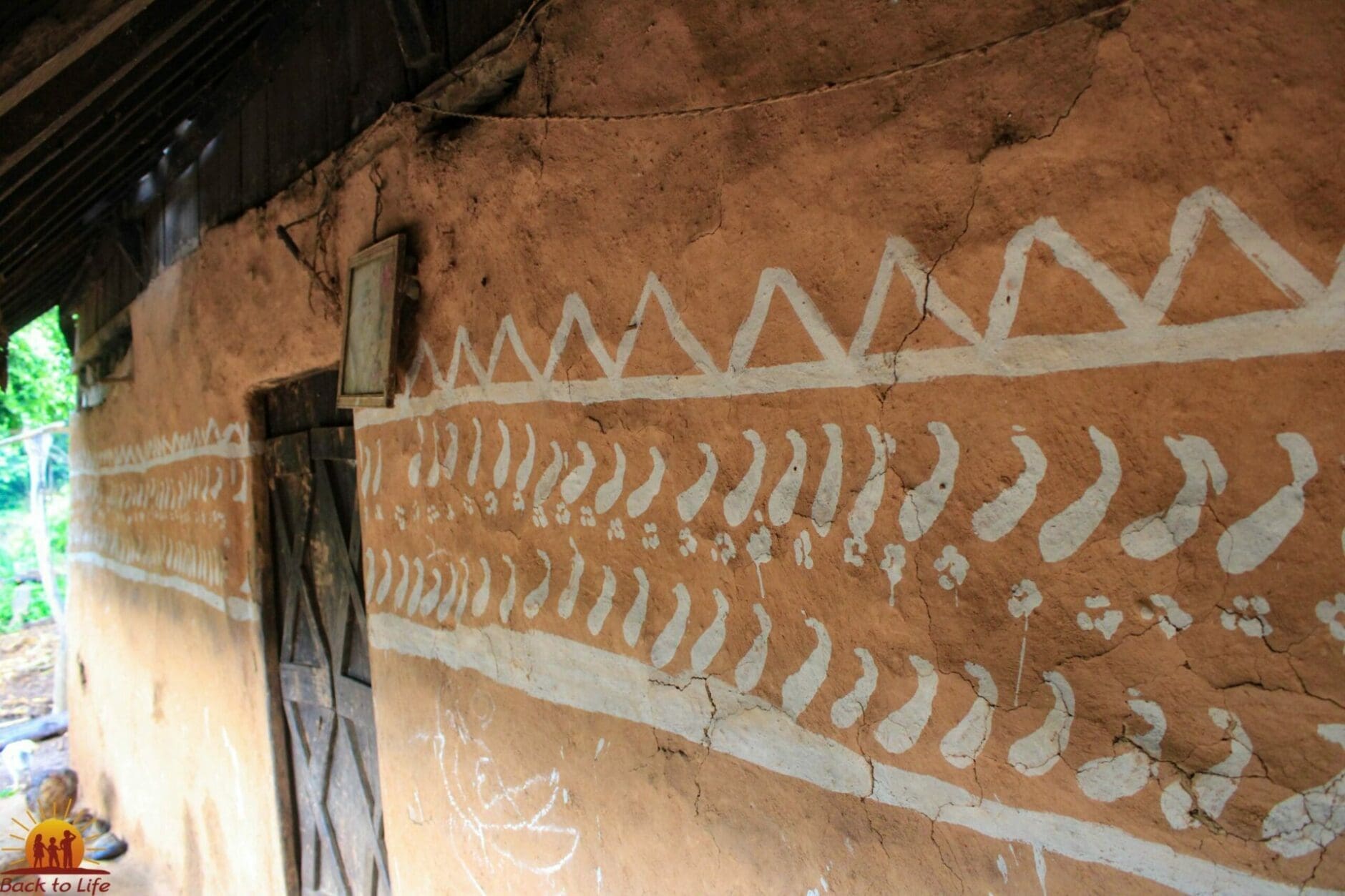

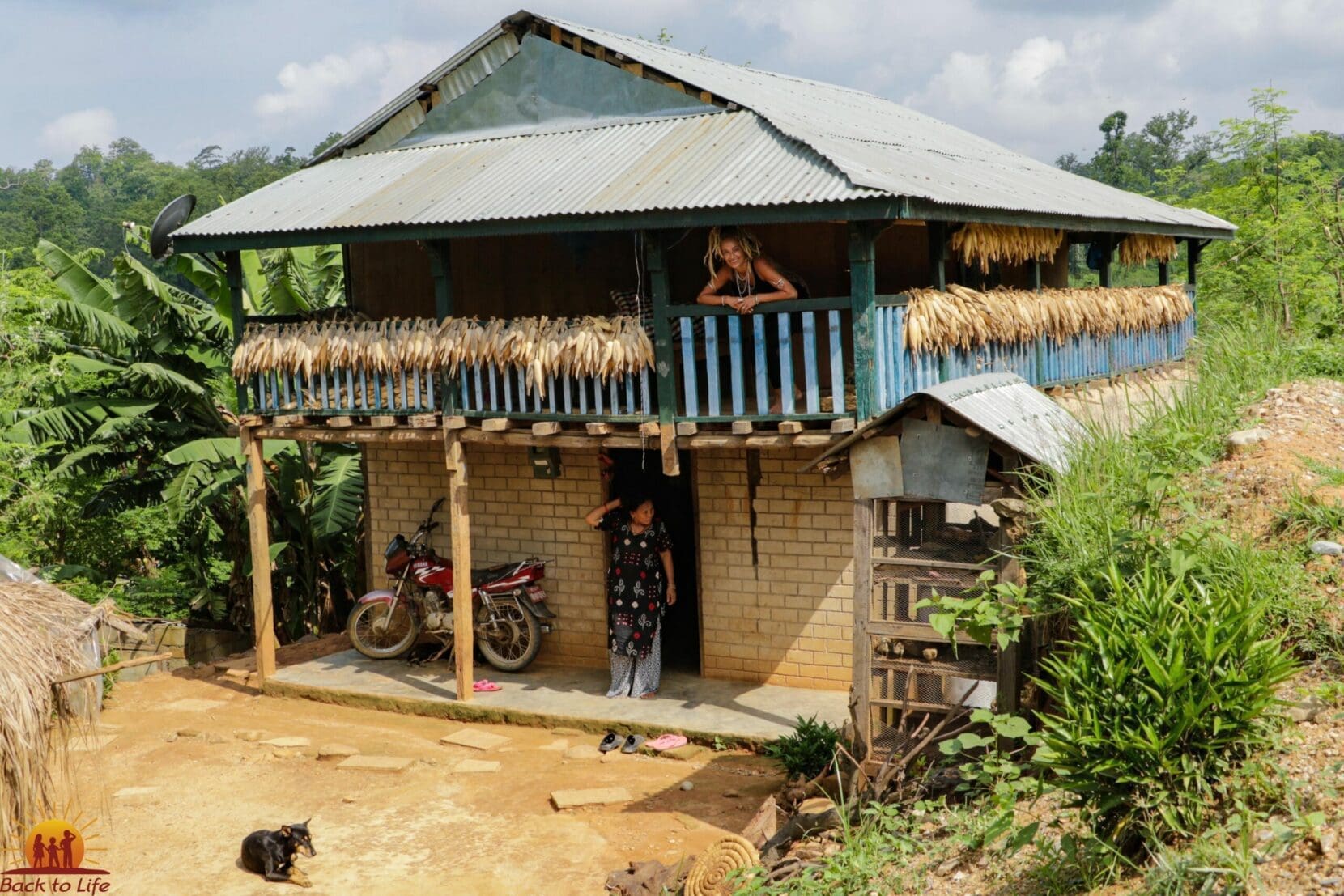

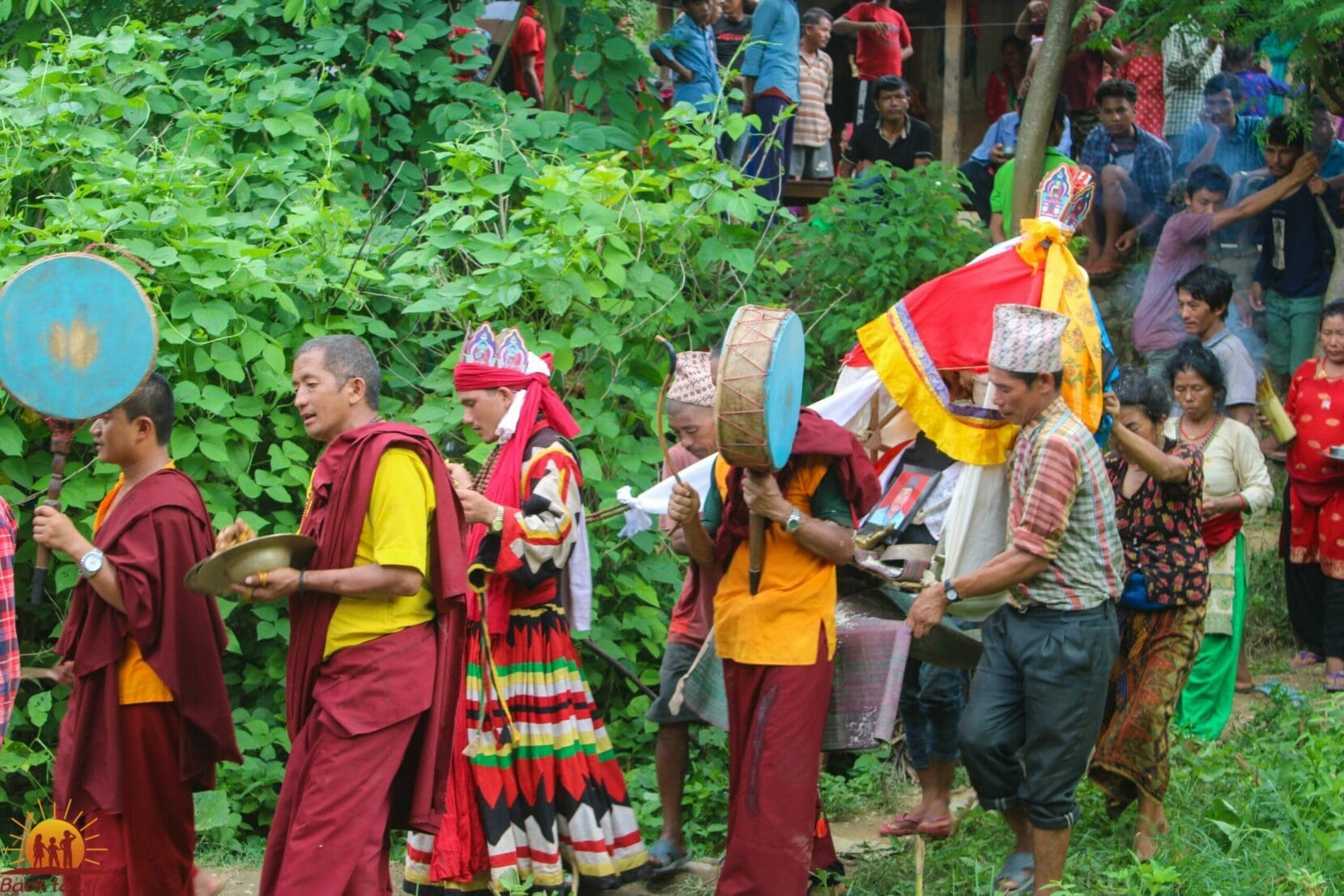

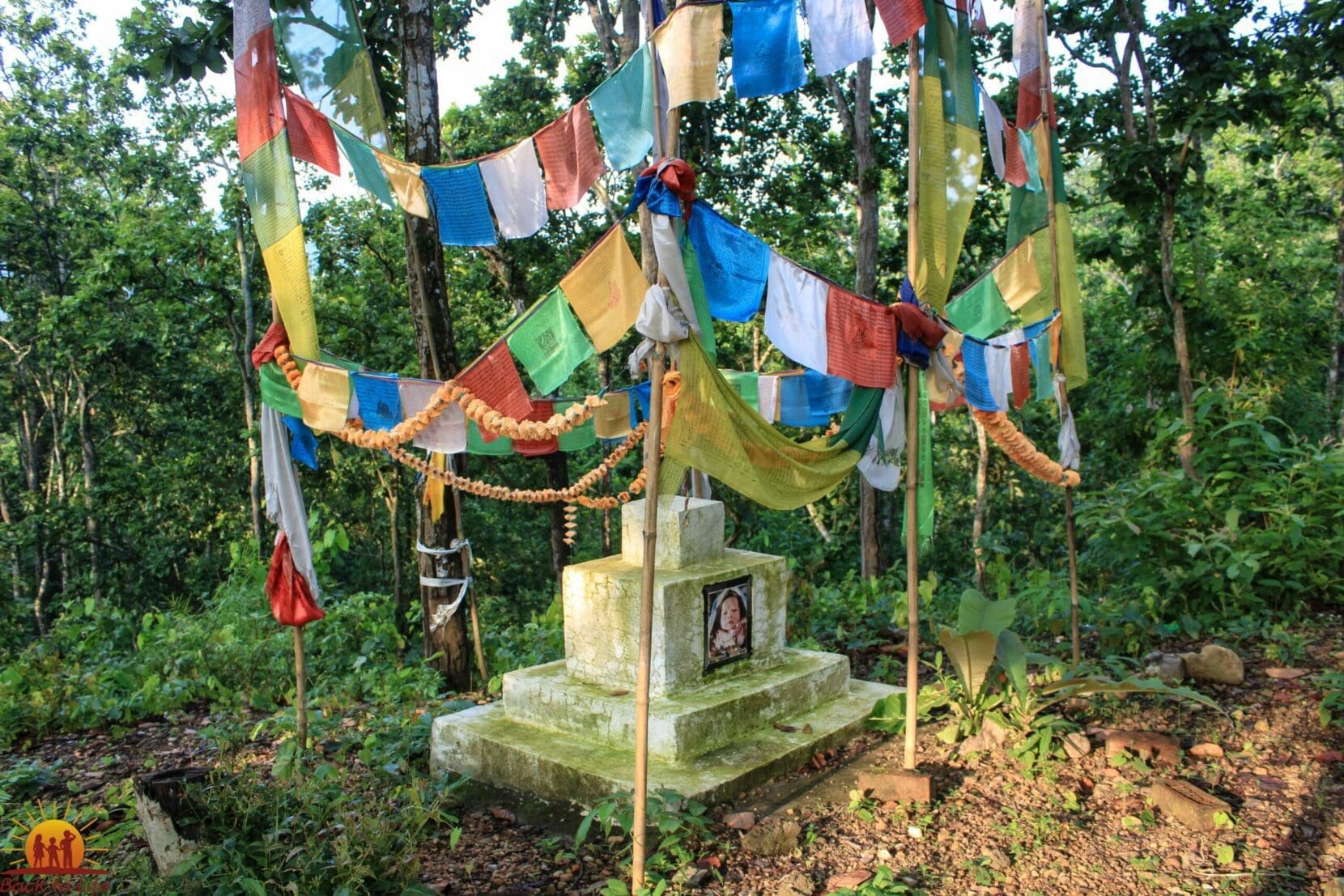

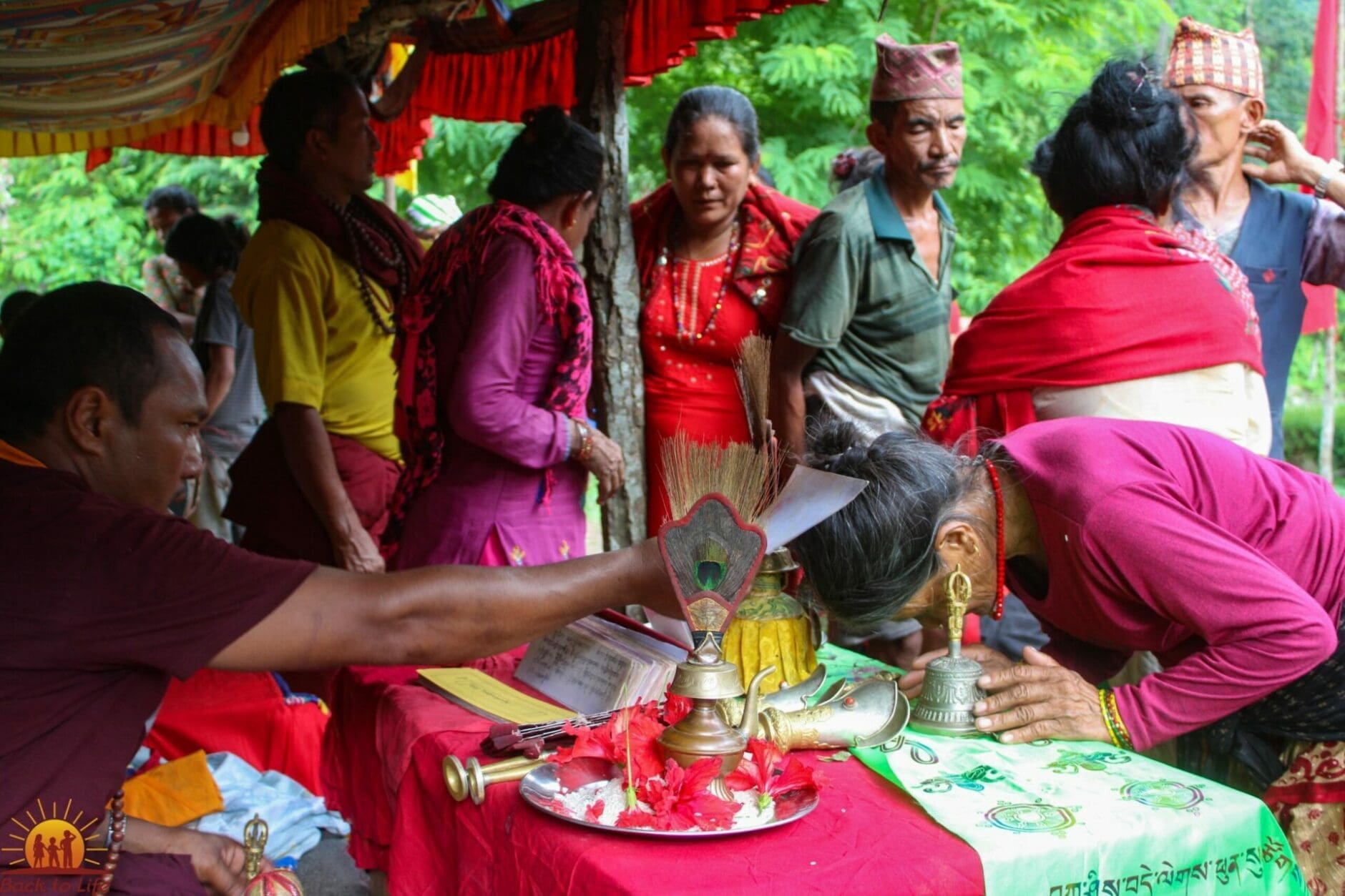

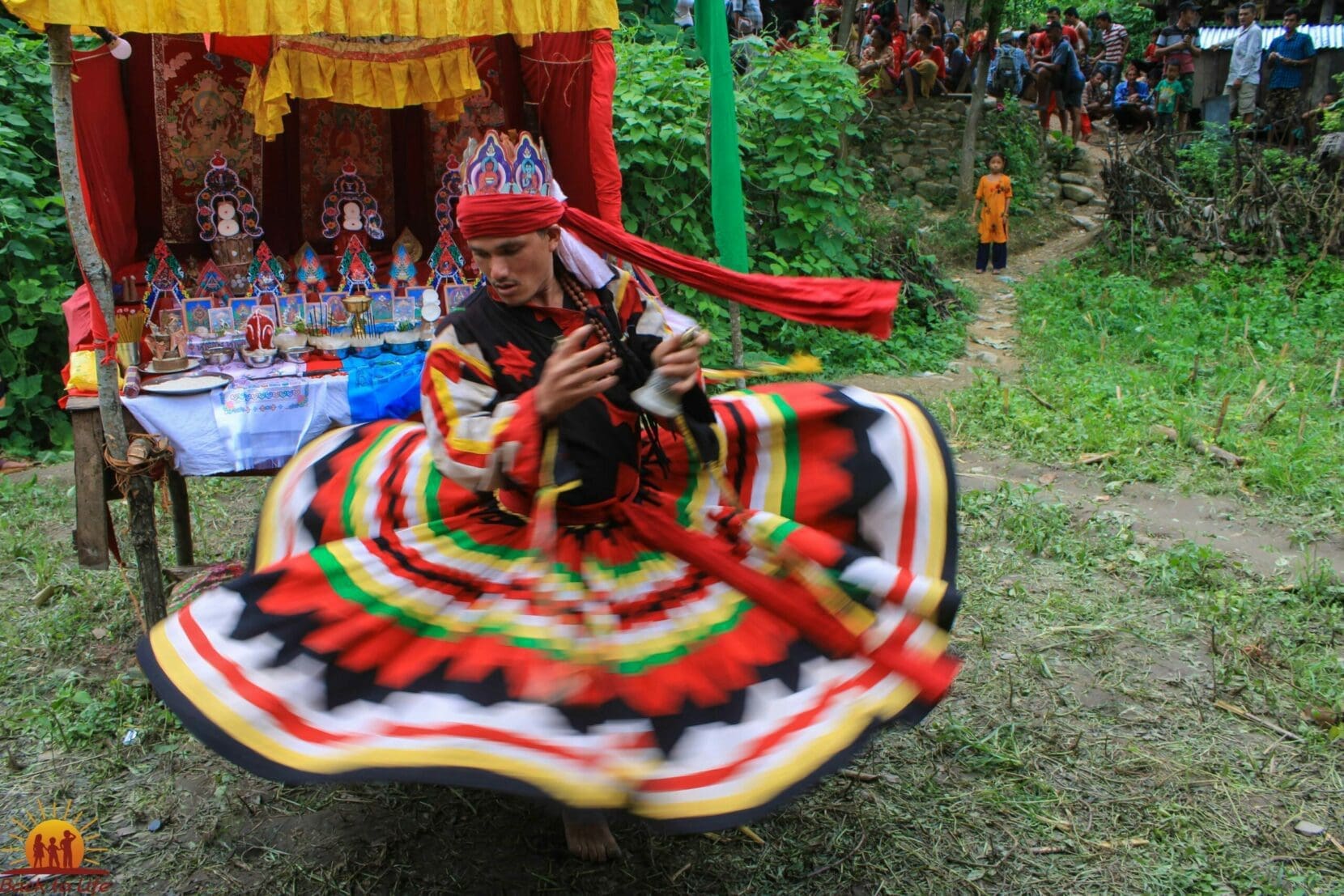

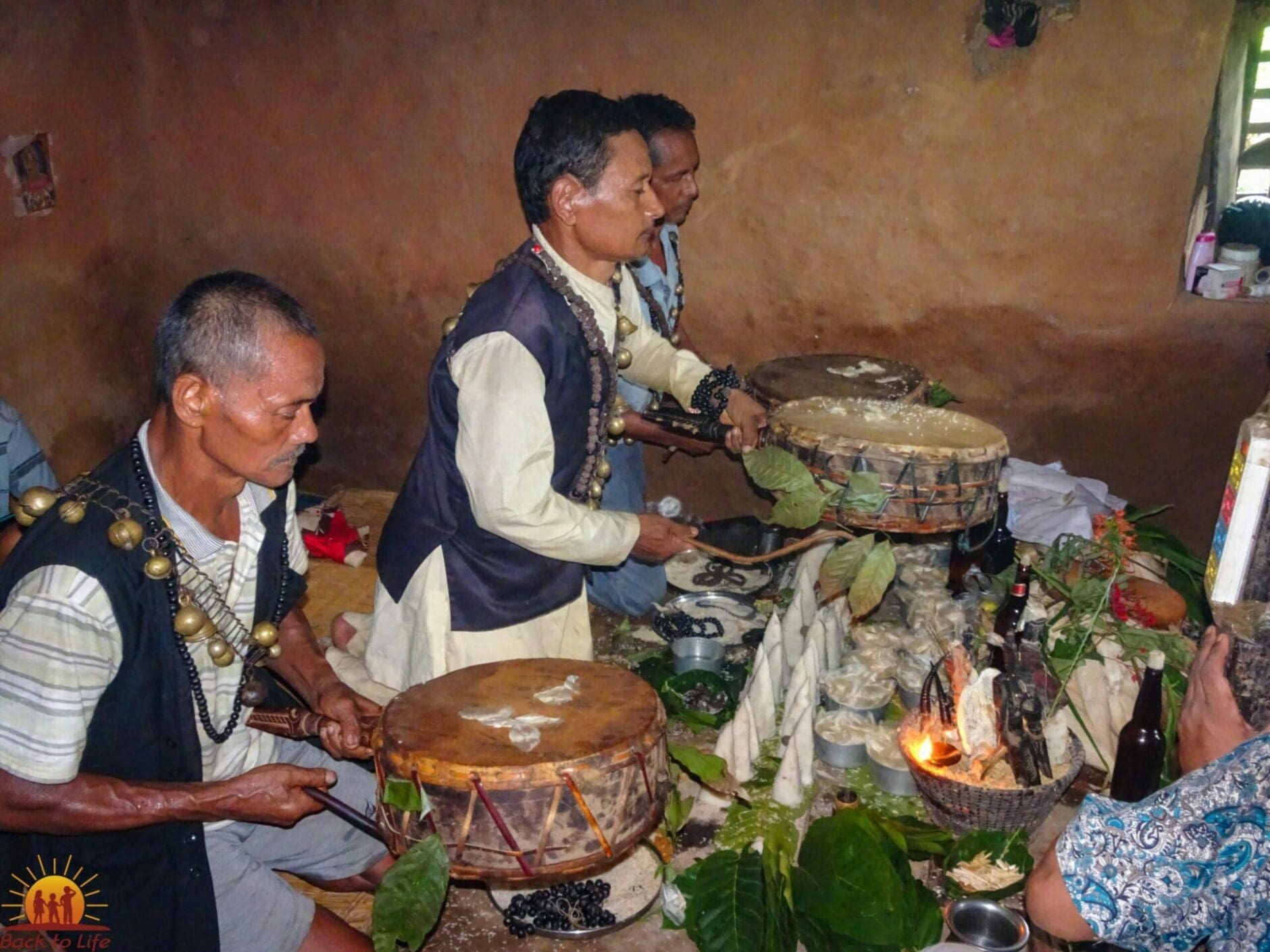

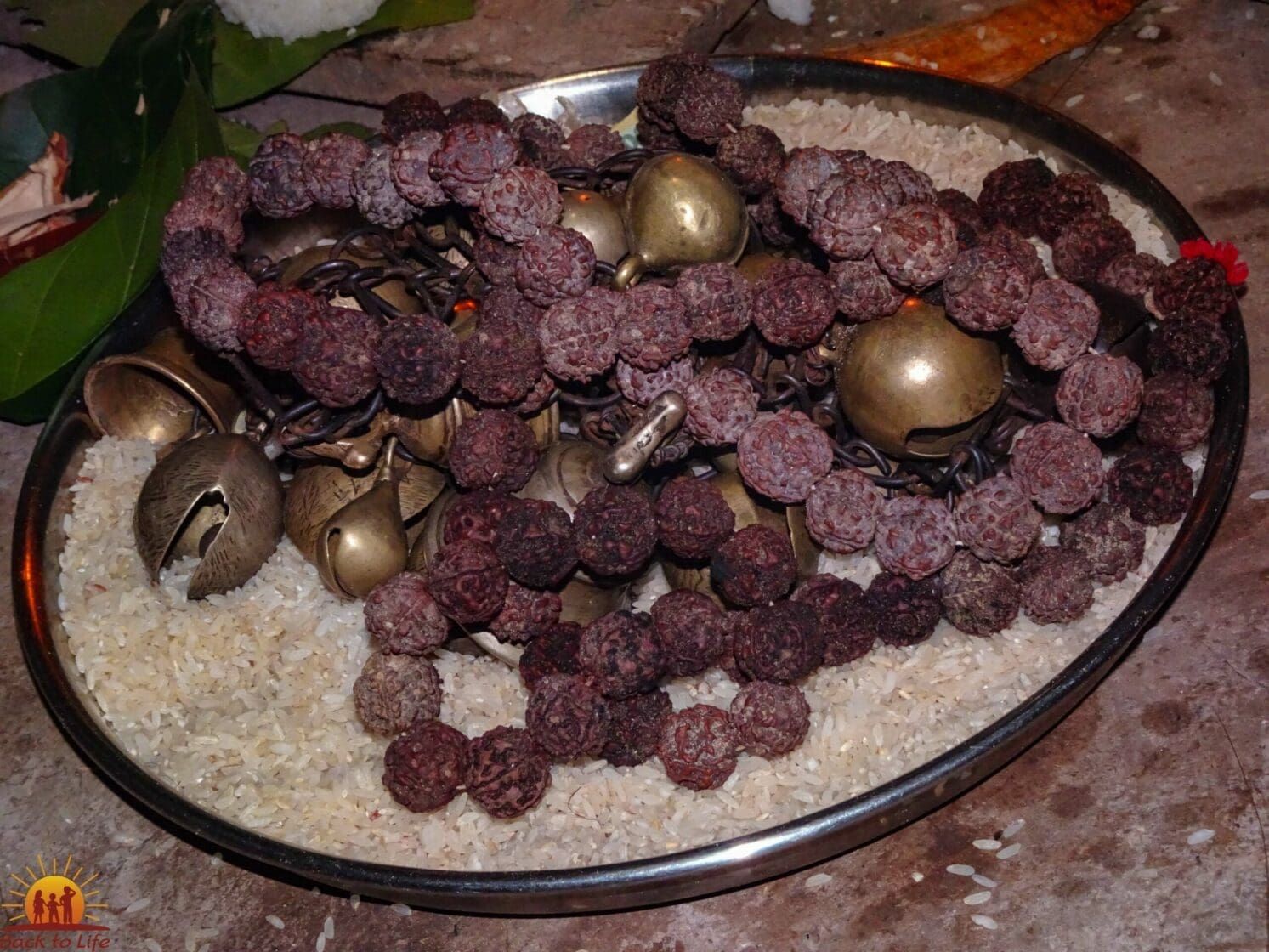

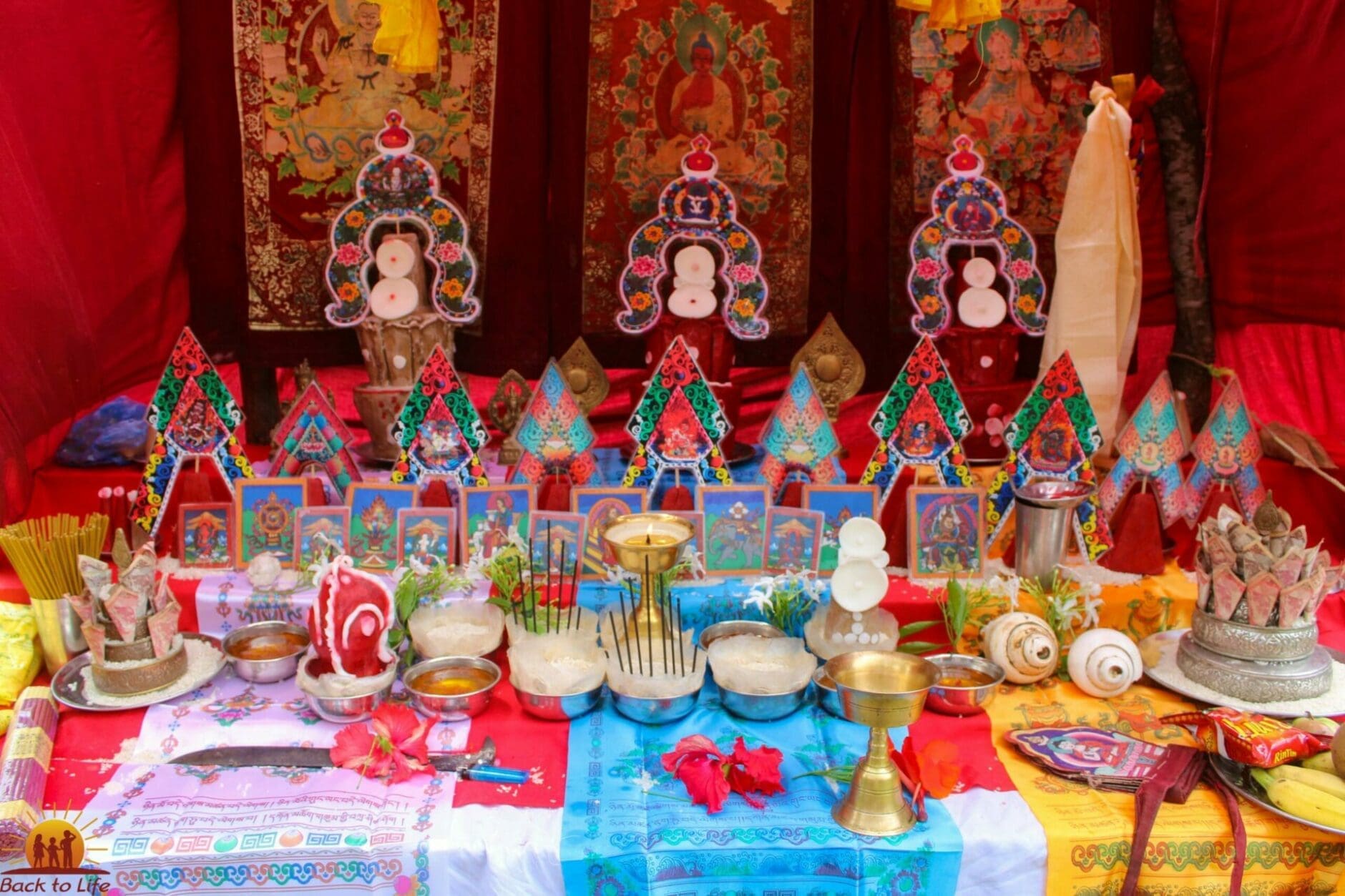

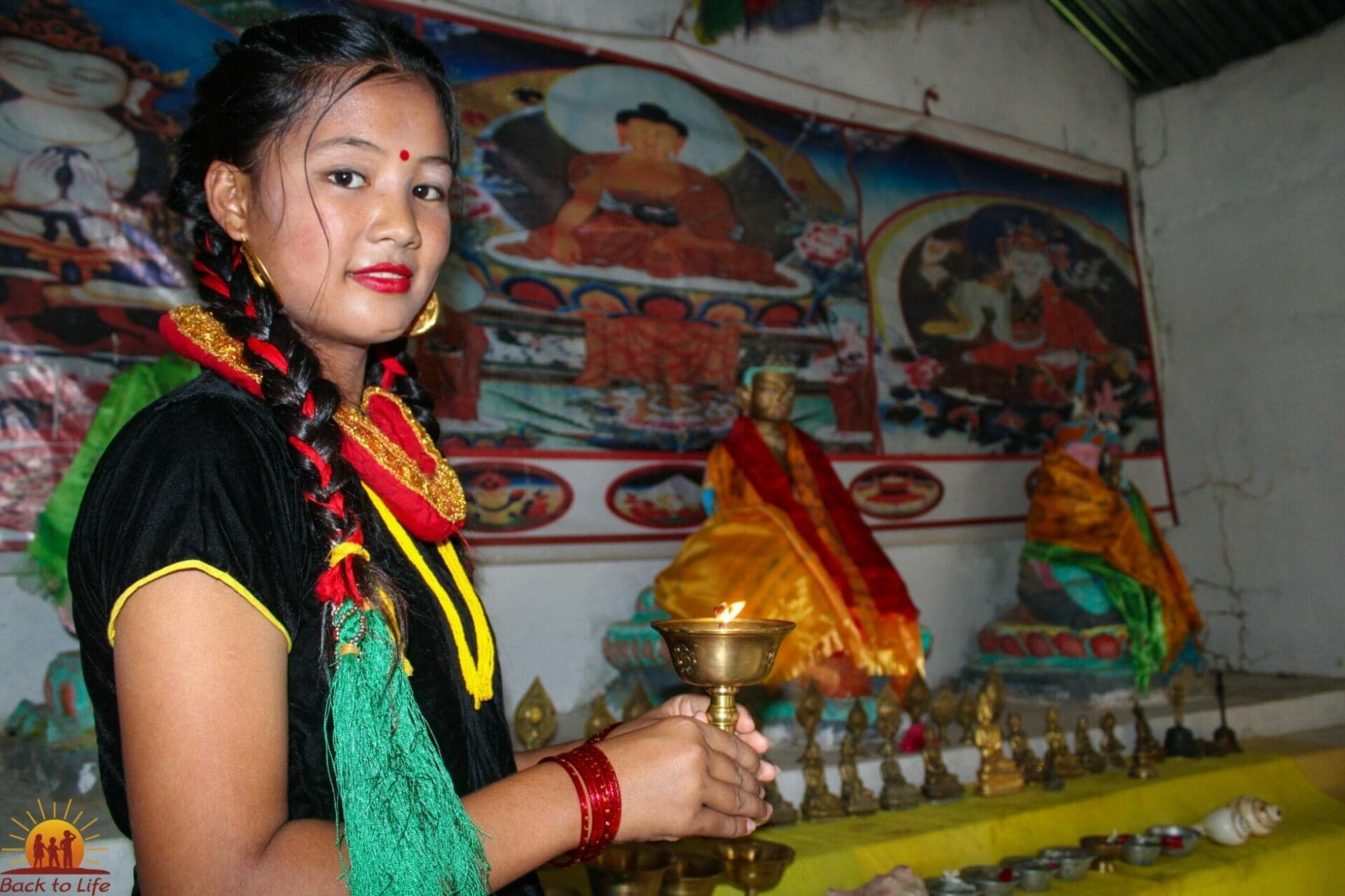

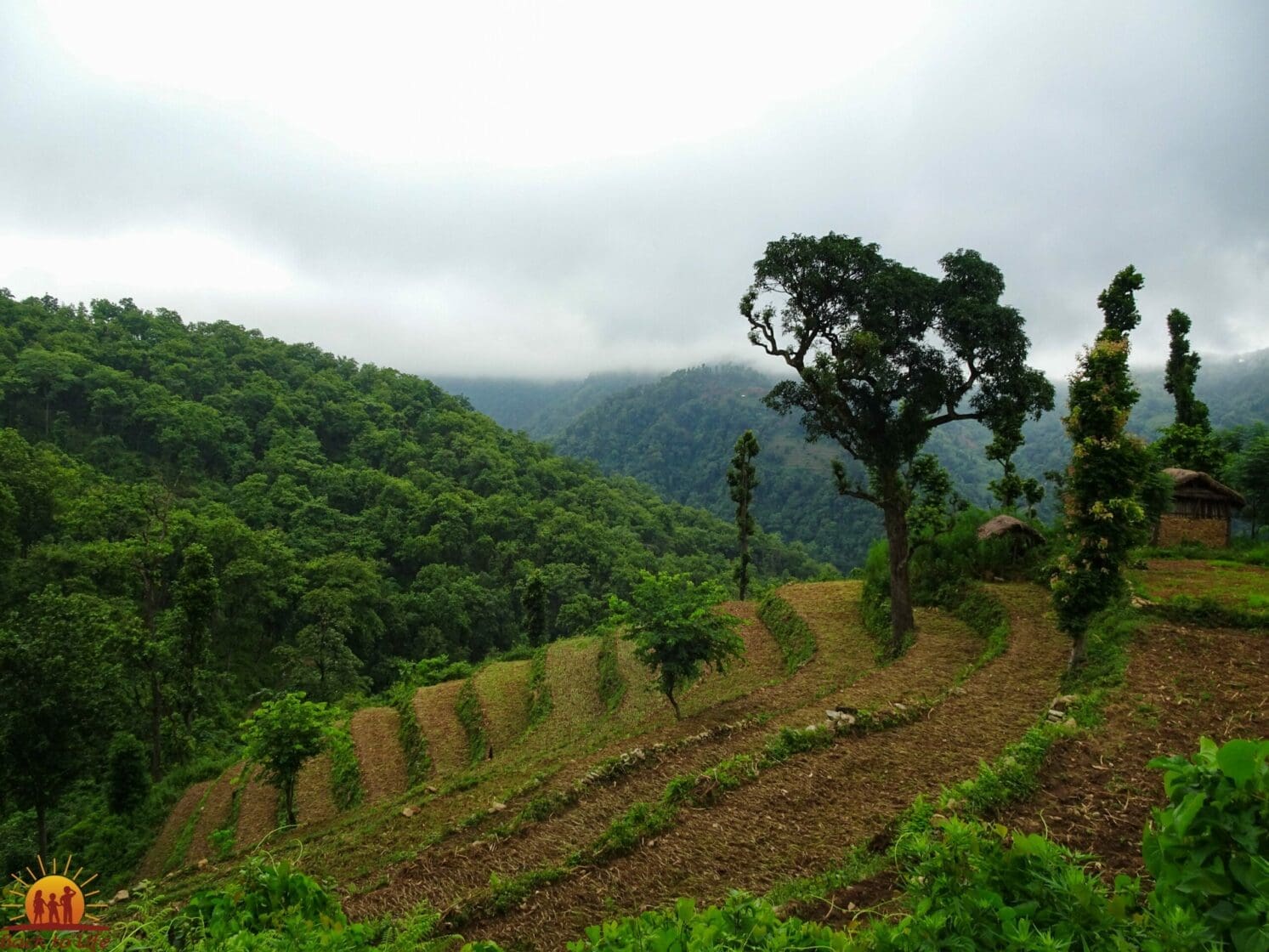

The Tamang make up around 5.8 percent of the 29 million Nepali. They live in Nuwakot and Chitwan. It is about 4-6 hours by car from Kathmandu on unpaved roads. In 2015, several severe earthquakes shook the region.
